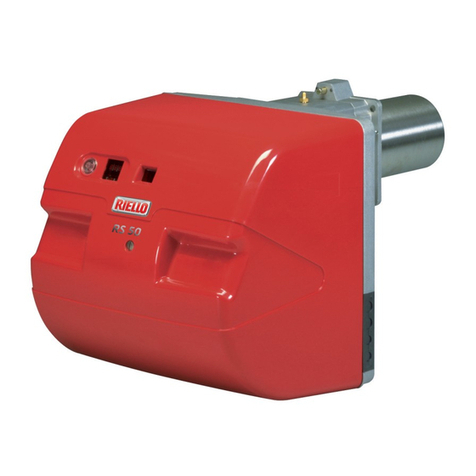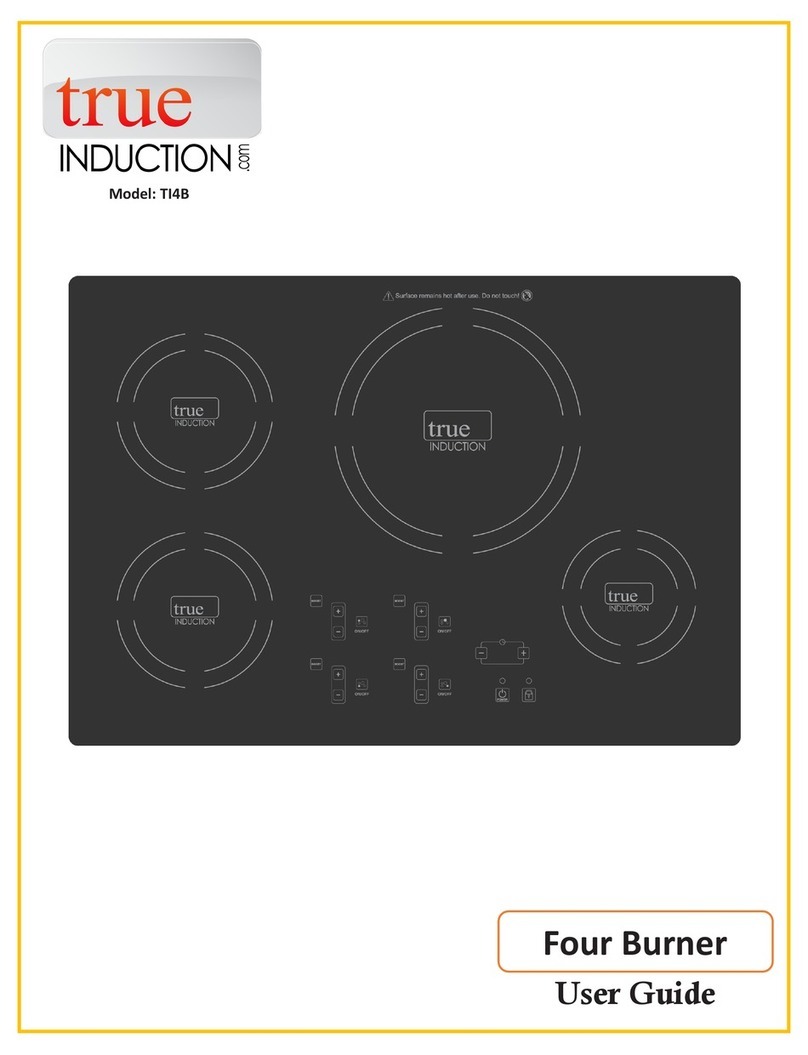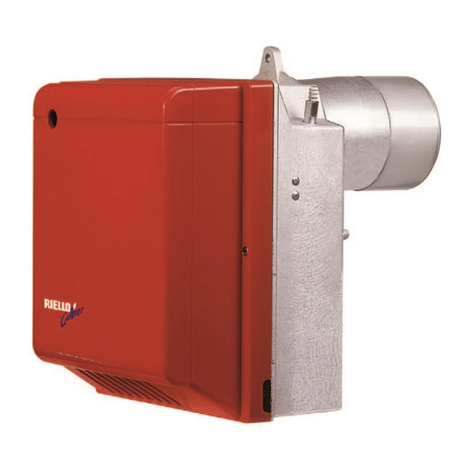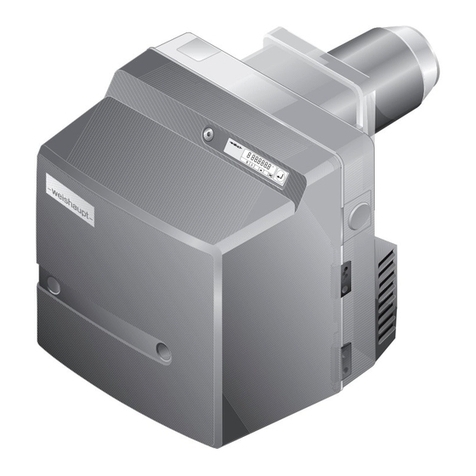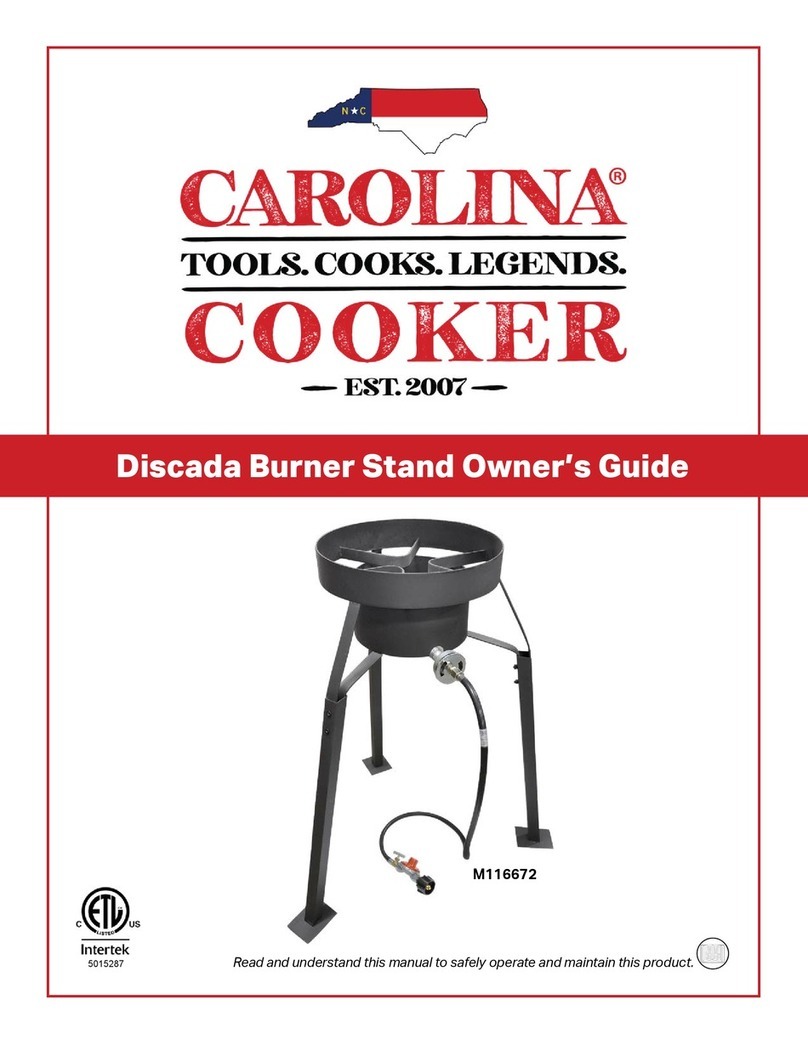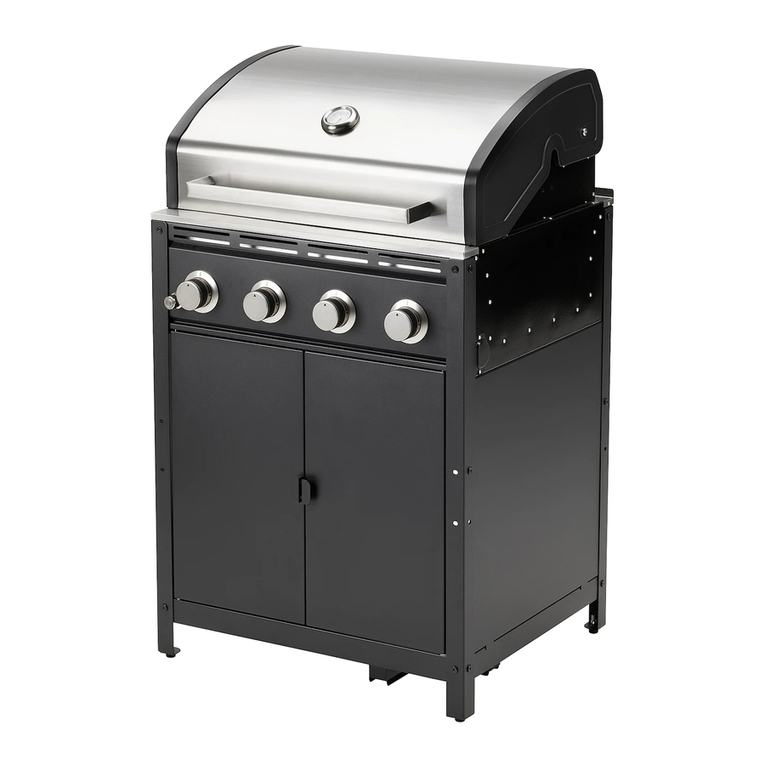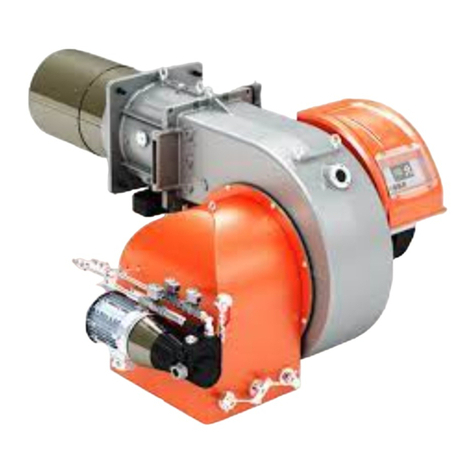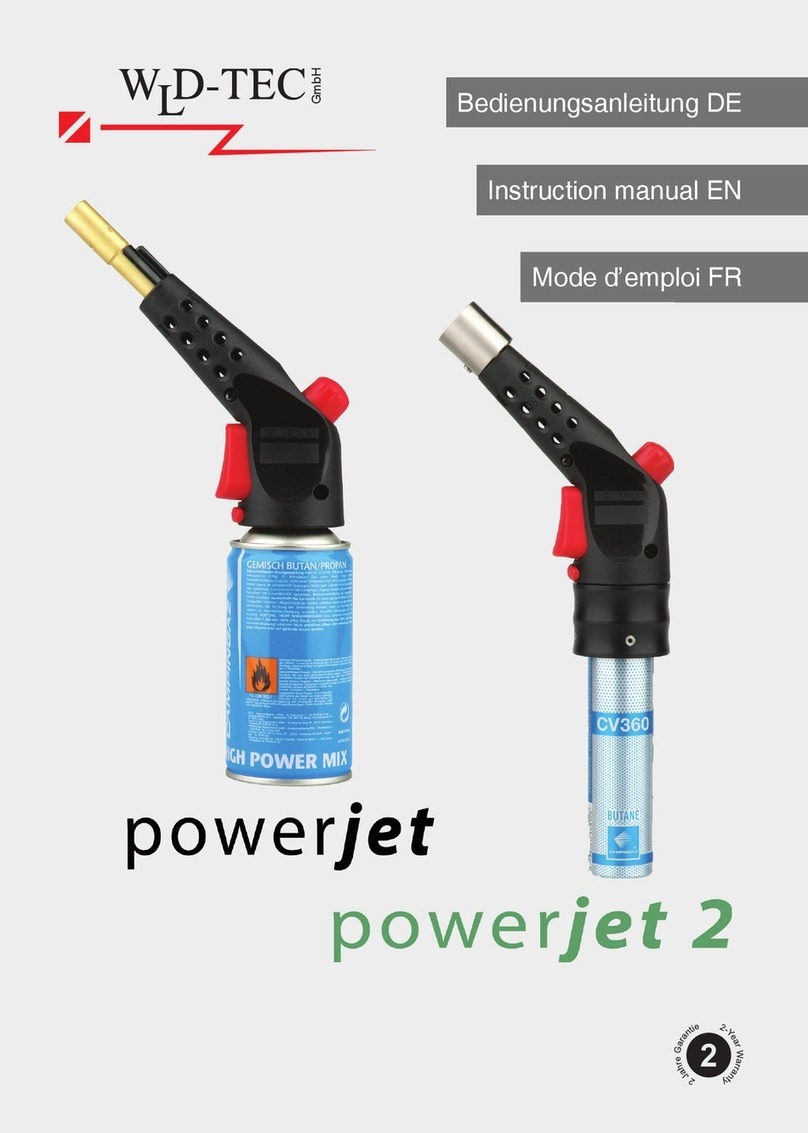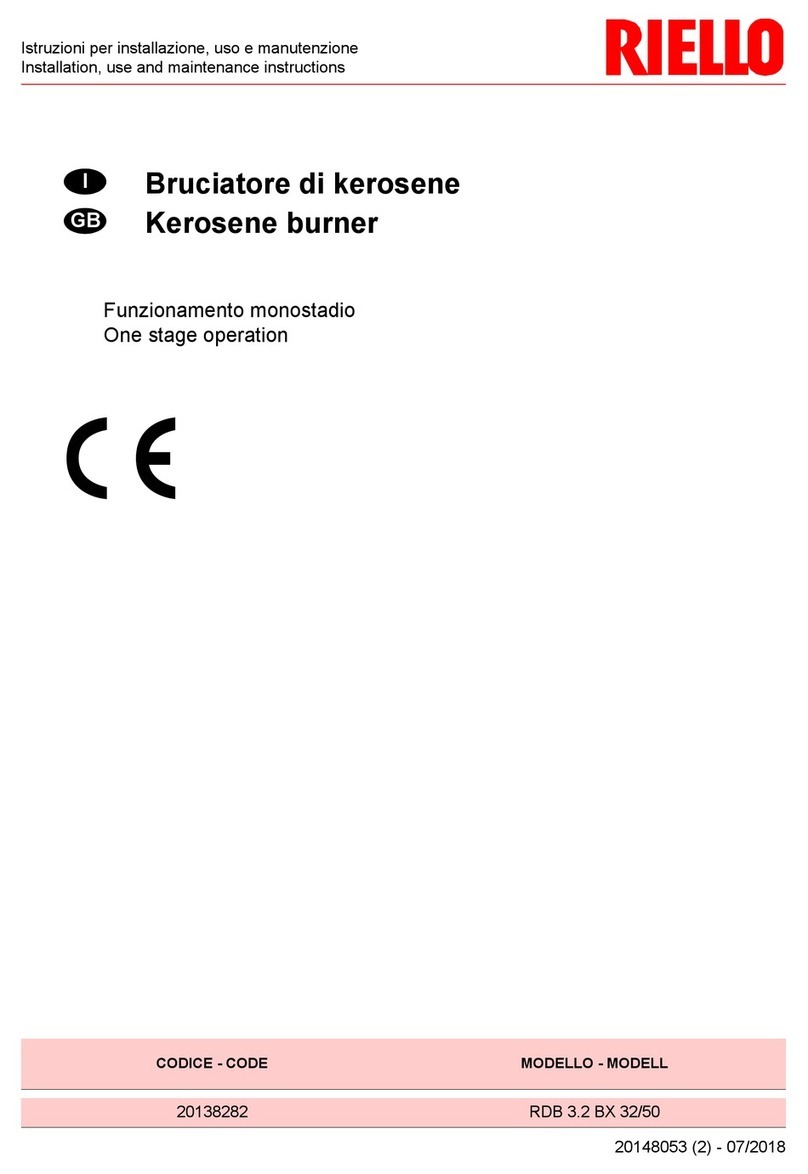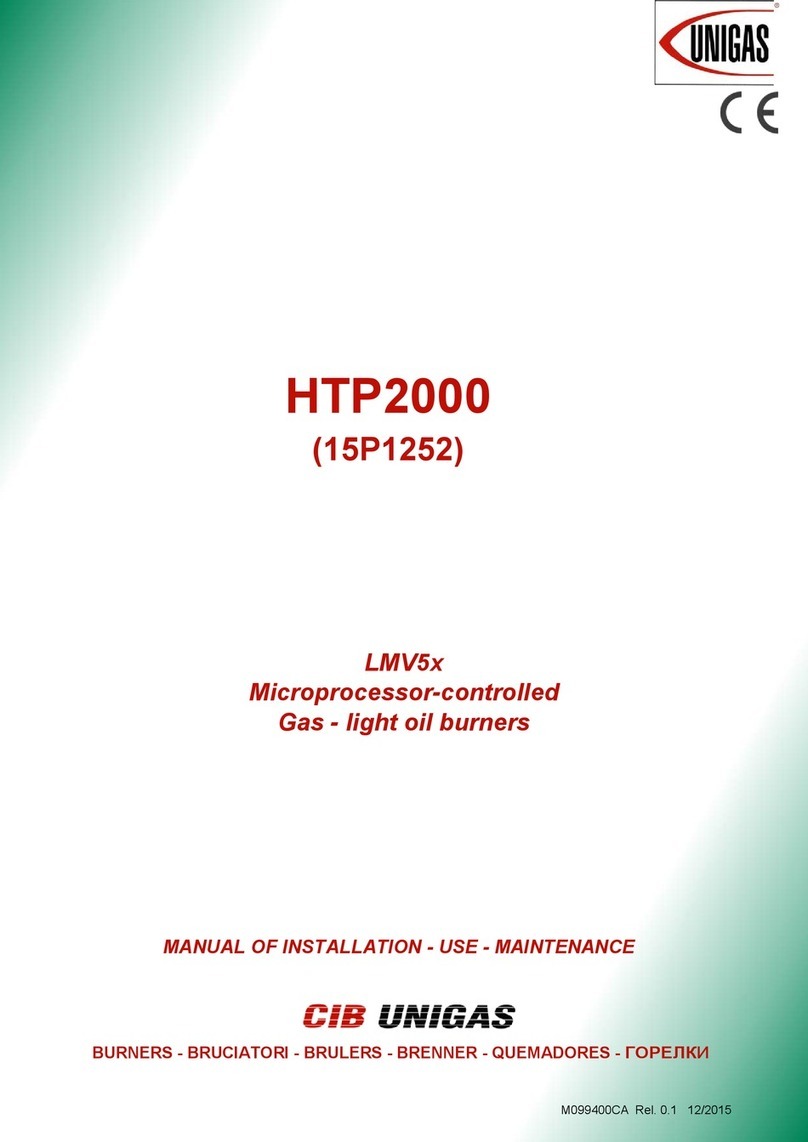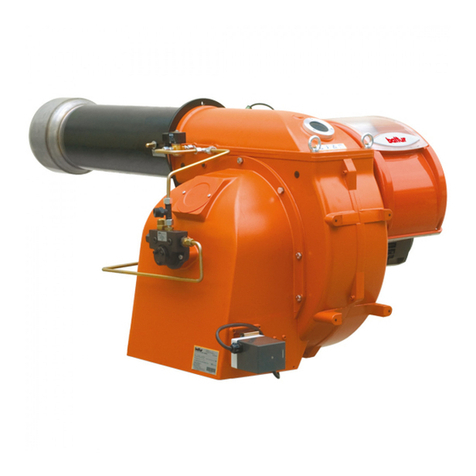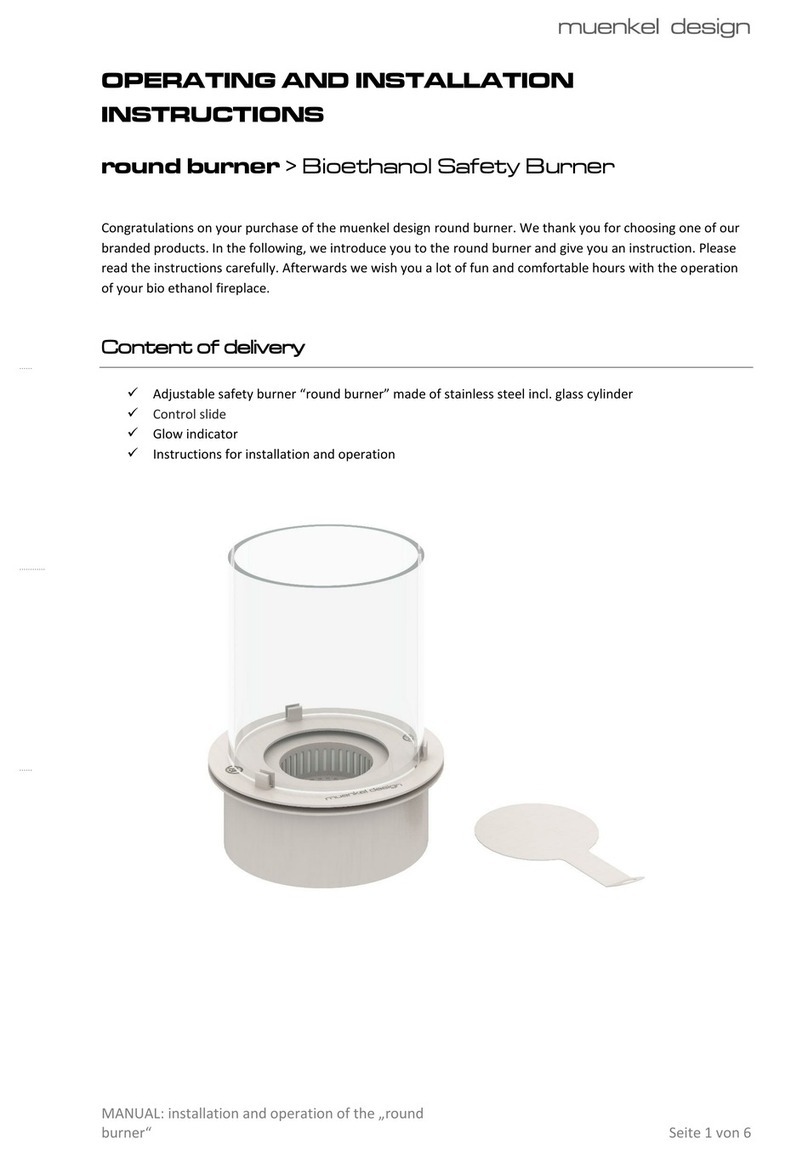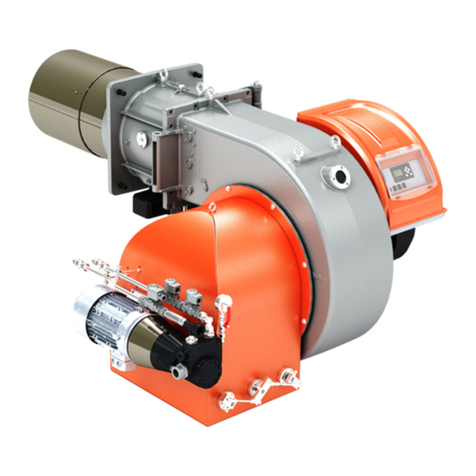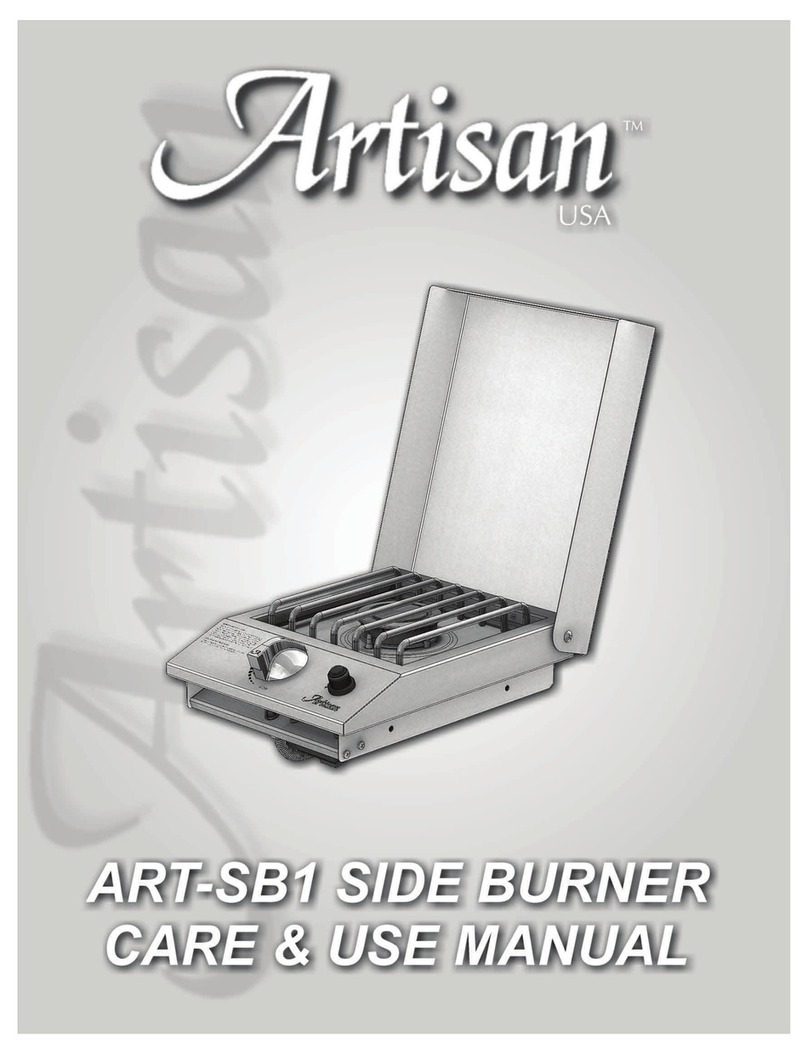
SECTION 1: WARNINGS
Inspect the burner when it arrives at
fts
shipping destinati
on
to identify
and
record any
shipping damage. Reporting this damage
to
the carrier
is
the responsibility of
the
consignee
and SUCH DAMAGE IS NOT C
OV
ERED BY THE
WA
RRANT
Y.
Refer
to
Section 3 for
more details.
If the burner is stored prior
to
installation. it
is
the responsibility of others (not York-Shipley)
to
provide.
the necessary protection from damage due
to
conditions such as:
• Freezing temperatures
• Flooding
Dust and dirt
Falling articl
es.
etc.
SUCH DAMAGE IS NOT COVERED BY THE WARRANTY (see Section 3).
It
Is the owner's responsibility; in cooperation with the installer, to obtain t
he
required
inspections of the installation f
or
compliance with state and local jurisdictional codes
and
requirements and
to
obtain boiler insurance, operati
ng
certification and periodic third-party
inspections during t
he
li
fe
of the burner.
The owner has the responsibility
to
provide qualified and trained operators and to assure t
hat
the burner
is
operated and maintained
to
provfde efficient and safe operati
on
. This
manua
l
provides information
to
assist the owner and operators but is not intended to supplant
thoughtful and diligent dedication
on
the part of the owner and operators
to
this task. The
owner and operators must comply
with
the regulations and requirements of the insurance
carrier, and state and local jurisdictions. Their legal requirements take precedence over
anything included in this manual.
The burner
~:
1i
iizes
combustible fuels and water
or
steam
at
pressures higher than
atmospheric. Industry accepted safety standards are met or exceeded in the desi
gn
and
manufacture of the burner. INSTALLERS AND OPERATORS OF THE BURNER A
RE
WARNED THAT THEIR IMPROPER
OR
CAREL
ES
S ACTIONS CAN
RE
SULT
IN
A
HAZARDOUS CONDITION.
The equipment is not intended for use
in
furnishing temporary heat to the structure
in
which
it
is installed prior to the completion and acceptance of such structure and installation
by
the
owner or other person for whom the entire project
is
being constructed. Therefore, the
warranty
and
warranty service normally issued with respect
to
this equipment will not apply
during
and
a
ft
er
such use.
WHEN SERVICING THE BURNER, DISCONNECT
ALL
POWER SUPPLIES.
Equipment furnished by York-Shipley Global includes various safety, performance,
temperature and operation systems and limits. ANY ACTIONS BY THE PURCHASER,
PURCHASER'S
PERSONNEL
OR
PERSONS ACTING ON PURCHASER
'S
BEHALF WHICH TEND TO NULLIFY
OR
CHANGE SUCH SYSTEMS
OR
LIMITS
WILL
BE
TAKEN
AT
PURCHASER
'S
SOLE RISK AND RESPONSIBILITY AND
WILL
V
OID
York-Shipley Global's
WARRANTY
AND
PERFORMANCE
RESPONSIBILITIES
AND
WILL
RELIEVE
York-Shipley
OF
ALL
LIABILITIES RESULTING THEREFROM.
Secti
on
1 - W
arnings

